Studies suggest that planning has a positive influence on overall writing in terms of content and text organization.1 – Yue Xie and Xiaoxuan Lv
It’s no secret.
Planning is the hallmark of successful writers, and outlining is one of their key instruments.
But What is a Book Outline?
The nonfiction book outline is a roadmap for your writing. It helps you organize your thoughts and ideas, so you can write a book that delivers results as quickly and efficiently as possible.
Some people confuse the book outline with book structure. Both help you with organization and logical flow, but there’s a big difference.
The Book Outline Involves the “What”
The outline helps you plan and organize “what” you’ll include in your book. It’s a simple roadmap noting the topics you’ll cover. It’s about the actual content.
Book Structure Involves the “How”
Your nonfiction book structure organizes “how” you’ll deliver your topics: step-by-step, system-based, tip-based, and more. You can choose from several types of book structure for a cohesive book that creates an excellent reader experience. I cover several of these in the following articles:
- 5 Easy Ways to Structure a Nonfiction Book for Beginners
- 6 Advanced Ways to Structure a Nonfiction Book Like a Pro
Do You Really Need a Nonfiction Book Outline?
Aspiring authors are eager to write, and some even ask if they truly need an outline to write their first nonfiction book. Unfortunately, there isn’t a universal answer because artistic endeavors have no absolutes. Even if you’re writing a business book, you’re still engaging the creative part of your brain.
Whether you can or should write a book without an outline depends on what works best for you. Rather than providing a hard and fast rule, I’ll share some of the benefits of outlining so you can make an informed decision.
7 Advantages of a Well-Crafted Outline
Starting your book with an outline is not just a nice thing to do. It paves the way for a successful book. Here are seven benefits for you to consider.
An outline:
1. Delivers Results
It helps you achieve the goals you established for your book. Most importantly, it equips you to deliver what your ideal reader needs to solve a problem, meet a need, or achieve a desired transformation.
2. Maps the Journey
The outline ensures you take your reader on an easy-to-follow journey through your process, system, step-by-step, tips, or another type of structure. It makes the quest enjoyable for her without confusion and rocky paths.
3. Organizes Your Thoughts
The outline helps you arrange your topics. This organization enables you to create a simple, clear, and meaningful flow, which enhances the reading experience. Also, having an organized first draft will significantly cut the amount of self and professional editing, saving you time and money.
4. Eliminates Writer’s Block
When you outline, you’re not staring at a blank page, scratching your head, and wondering where to go with your writing. You have a roadmap or guidepost that leads the way and keeps your fingers pounding the keyboard.
At the very least, you’re starting with a topic. Since you selected the perfect nonfiction book topic, coming up with what to write shouldn’t be difficult. Simply read the writing prompts in your outline and write as if you’re giving your ideal reader some advice over a cup of coffee, tea, or other beverage.
5. Accelerates Your Writing
The outline keeps you focused and on point, which helps you write much faster. This speed empowers you to blaze through your first draft. When you’re done, you’ll join the handful of aspiring authors that complete this vital milestone.
6. Creates Your Book Chapters
Your outline becomes your nonfiction book’s chapters and Table of Contents (TOC). If you outline your book in alignment with one of the professional book structures, you increase your book’s marketability.
7. Boosts Your Amazon Rankings
An adequately planned TOC that includes keywords in the chapter titles increases your book’s discoverability on Amazon’s Kindle Direct Publishing (KDP) platform.
You can use these chapter titles as you craft your KDP book description, which enhances your Amazon Search Engine Optimization (SEO). The more intentional and strategic your keyword placement, the more your book rises to the top in the Amazon rankings.
Because an outline can keep you focused and significantly speed up your writing, I strongly recommend you use one.
How Long Should a Nonfiction Book Outline Be?
How substantial your outline should be depends on what works best for you. Everyone is different. Your needs, personality, and strengths matter most in deciding how much to outline.
If you’re a highly structured individual who enjoys routine and predictability, then a more robust outline is the way to go. However, if you’re spontaneous and thrive in the excitement of unchartered territory, a bare-bones outline can work well for you.
Regardless of the type of outline you choose, start your writing with a plan.
2 Book Outline Examples Based on Length
There are many ways you can outline a book. Here are two overarching approaches you can take depending on your personality and preferences.
1. Roadmap Style
The roadmap style outline is highly structured and detailed, listing the topic and subtopics for each chapter. The level of detail can vary based on your preferences and can range from a few words in each chapter to complete sentences.
This style works well if you’re planful, organized, and disciplined.
Example of a Roadmap Style Outline
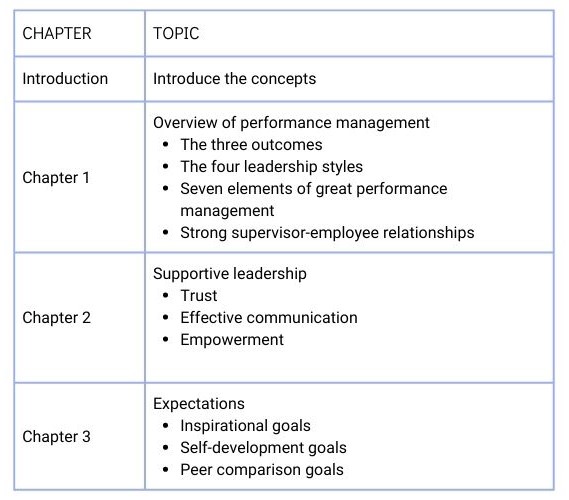
Notes:
- This is a preliminary outline and only includes chapter topics as writing prompts; chapter titles have not yet been determined at this stage.
- This is a minimalist version, and you can add more detail if needed.
- Also, this partial example only depicts 3 of the book’s 13 chapters. Only 3 subtopics are shown for illustration purposes; however, the book has more.
2. Guidepost Style
The guidepost style outline is akin to placing signs along the road to your destination. It’s not detailed like a roadmap, but it’s enough for you to stay on track. It’s as simple as listing the overarching topics of each chapter without the specific content.
This outline works best if you enjoy writing freely without constraints. This style also works if you know exactly what to cover in each chapter and don’t need the prompts. However, if you lean towards planning, a Roadmap Style Outline may serve you better.
Example of a Guidepost Style Outline
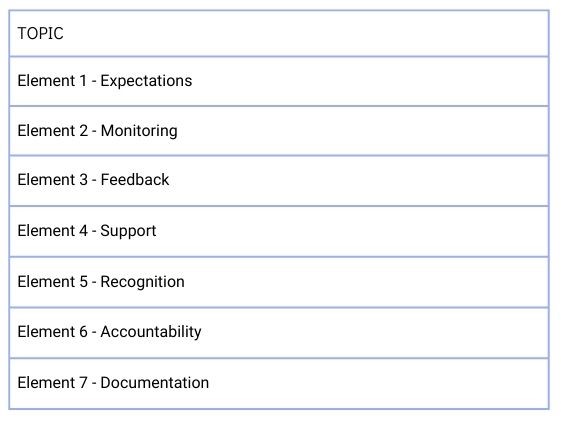
Notes:
- This is the preliminary bare-bones outline and only includes overarching topics as writing prompts.
- The first draft may require significant self-editing.
How detailed your outline should be comes back to what works best for you. You know best the conditions you need to thrive.
Happy outlining!
Start Your Nonfiction Book with This Free Kit
Write Your Nonfiction Book in Just 30 Days!
About the Author
 SYLVIA MELENA is the Founder and CEO of Melena Consulting Group, a leadership and management consulting, training, and nonfiction book coaching company. She is also the international award-winning author of Supportive Accountability: How to Inspire People and Improve Performance and the former Vice President of the San Diego Book Awards Association. As an unknown author with zero platform, Sylvia’s first book gave her exposure in the Society of Human Resources Management HR Today, Entrepreneur, the Human Performance Association, My Quest for the Best, LEADx, Fit Small Business, and other outlets.
SYLVIA MELENA is the Founder and CEO of Melena Consulting Group, a leadership and management consulting, training, and nonfiction book coaching company. She is also the international award-winning author of Supportive Accountability: How to Inspire People and Improve Performance and the former Vice President of the San Diego Book Awards Association. As an unknown author with zero platform, Sylvia’s first book gave her exposure in the Society of Human Resources Management HR Today, Entrepreneur, the Human Performance Association, My Quest for the Best, LEADx, Fit Small Business, and other outlets.
REFERENCES 1Xie, Yue, and Xiaoxuan Lv. “Effects of Content Support and Planning Instruction on Discourse Connection in EFL Argumentative Writing.” Frontiers in Psychology. Frontiers, May 12, 2022. Retrieved from: https://www.frontiersin.org/articles/10.3389/fpsyg.2022.912311/full. Date accessed: August 3, 2022. Creative Commons License: https://creativecommons.org/licenses/by/4.0/.


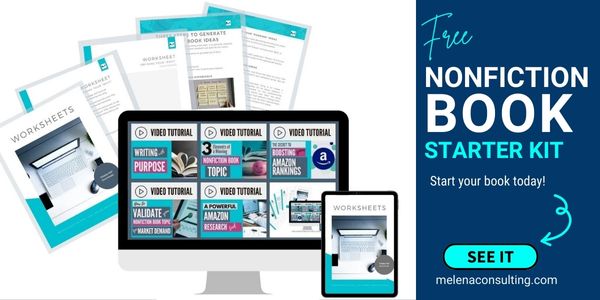
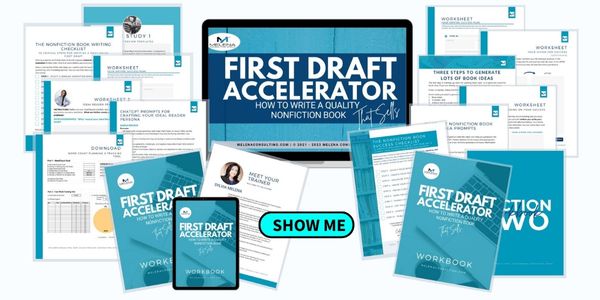
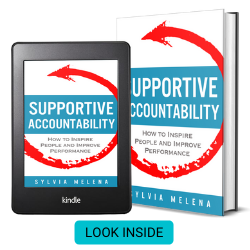




Another great article, Sylvia. I am reading them all. Sally
Thank you, Sally! I’m glad you found it helpful.